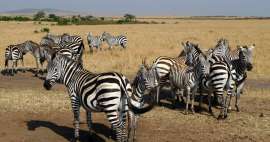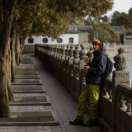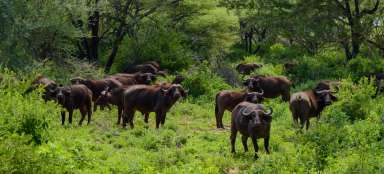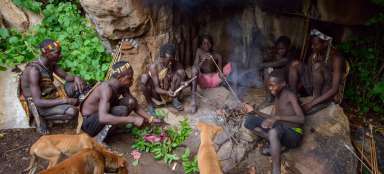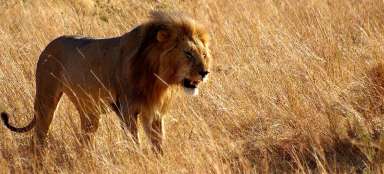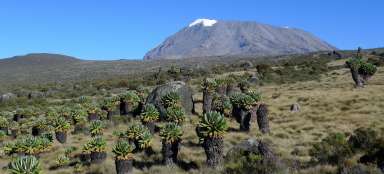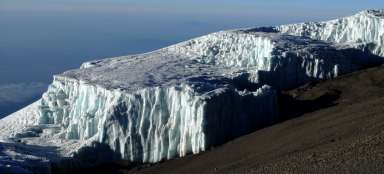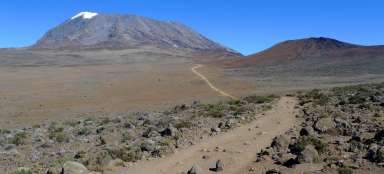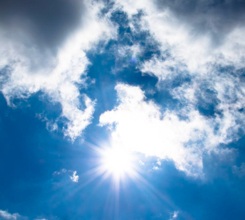A visit to an animal paradise
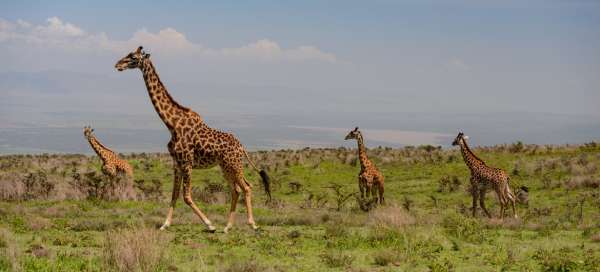
It should be noted at the outset that a distinction must be made between the Ngorongoro Conservation Area and Ngorongoro Crater, which is part of that conservation area. The Ngorongoro area extends to the Serengeti National Park, which we visited first. In order to get to it from the city of Arusha, it was necessary to drive through Ngorongoro on the way there and back, but even on this way there was something to look at.
Ngorongoro Crater
The first stop on the way to Serengeti Park was the view of Ngorongoro Crater. The crater (more precisely, the caldera), which formed a volcano here 2 million years ago, is the largest intact volcanic caldera in the world with a depth of 610m and an area of 260km, and it has the largest concentration of African wildlife living in perfect balance.

Great migration
The Serengeti National Park is known mainly for its large migration, during which millions (yes, really millions) of animals march through the park all year round, mostly wildebeests (of which there are almost 2 million), hundreds of thousands of zebras and gazelles and many others, including predators and scavengers. During January and February, these animals also pass through the part of the Ngorongoro Conservation Area, which is adjacent to the Serengeti Park, and it is therefore possible to observe the migration partly here as well. The picture shows part of a many-kilometer chain of wildebeests traveling towards the Serengeti Park. So far it was just a thin strip, but the closer we got to the park, the wider this chain was. In the end, it was so wide that it reached beyond the horizon as far as the eye could see.

Giraffes
Inside the crater lives a hard to believe variety of all kinds of animals – but you will not meet giraffes in it. These are located outside the crater and are seen in large numbers in the rest of the Ngorongoro Conservation Area and at the edge of the crater.

Fighting giraffes
Two male giraffes measure their strength.
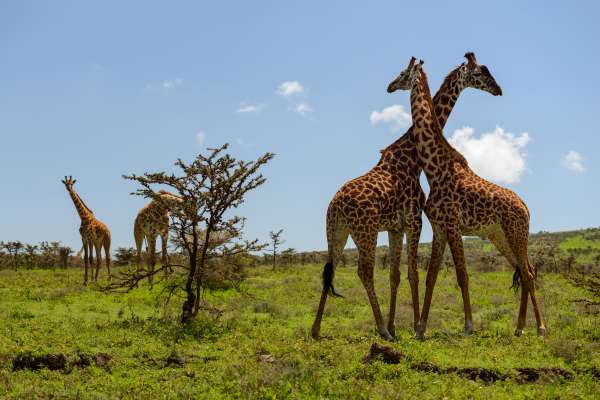
Olduvai
A branch to the site of 3.75 million years old hominid remains, which are among the most important paleoanthropological sites in the world.

Maasai
The area is inscribed on the UNESCO World Heritage List twice. Since 1979 as a natural heritage and since 2010 also as a cultural heritage, due to the Maasai living here.

Maasai
While passing through the Ngorongoro area on the way back from the Serengeti, we passed a lot of Maasai settlements. Many are also accessible to tourists who are interested in the culture and life of the local tribes.
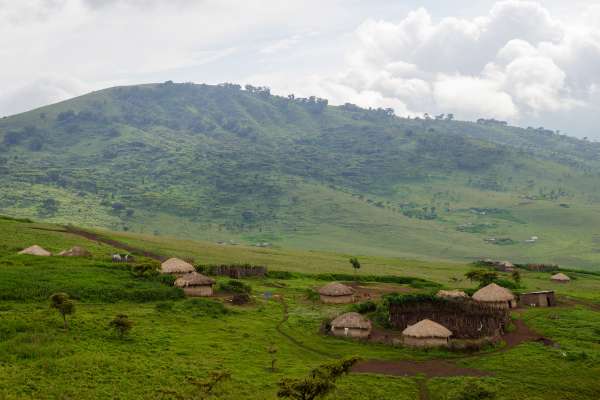
Camp
We spent the night in a small camp „Simba A“ on the edge of the crater. It is located at an altitude of 2300m and in the evening it is really cold. Especially when it rains and you underestimate it with clothes like I do. It must be warm in Africa on safari, right? :-) No, it doesn't have to! There are gangs of baboons running around the camp – but they are completely harmless and there is no need to worry about them at all.
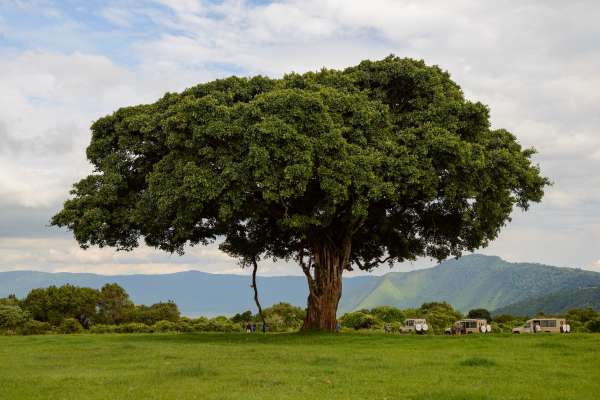
Wildebeest
Early in the morning we packed up and went down to the crater, where we were first greeted by various species of antelope, buffalo and wildebeest.
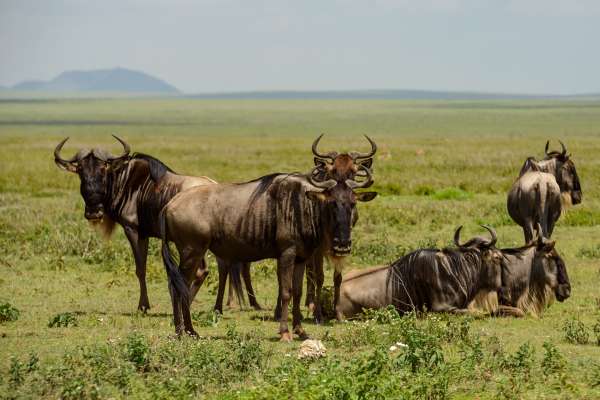
Lions
Subsequently, we came across a group of 4 lions, who just hung out and rested – probably with full bellies, because other animals were not afraid to approach them either.
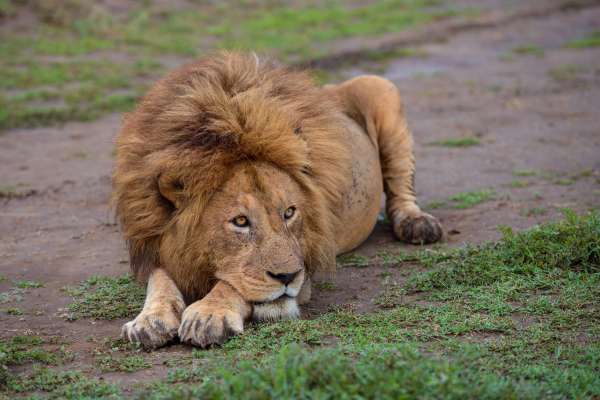
Elephants
When our driver and guide got a signal on the radio that another group saw a rhino somewhere, we went to see it, but we didn't see any, only a giant herd of buffalo, among whom he was said to have been seen. Too bad – rhinos are very shy animals and it's not easy to see them, and if so, from a great distance. After a while, we set off for the wooded part of the crater, where we tried to find some of the rhinos. We did not succeed, but we came across a family of elephants with lots of cheerful baby elephants.
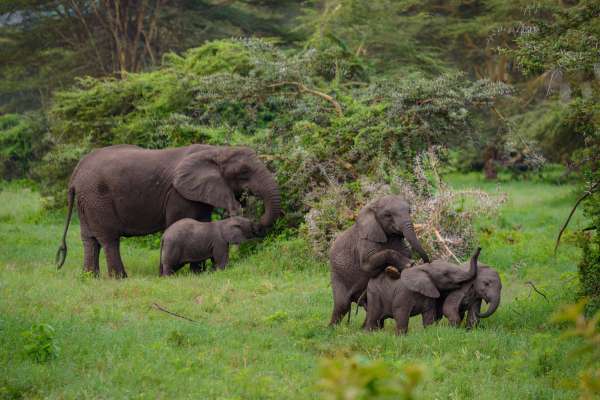
Supi
Carnivores are a very important part of the balance in nature. Without them, the remains of the prey of predators and dead animals would remain in the sun and diseases would spread.

Supi
A whole flock of vultures rested by the lake.

Spoil
Other scavengers are hyenas, but jackals are very often lions. The jackals had no chance against the much larger and stronger hyena, so she stole their prey without any problems.
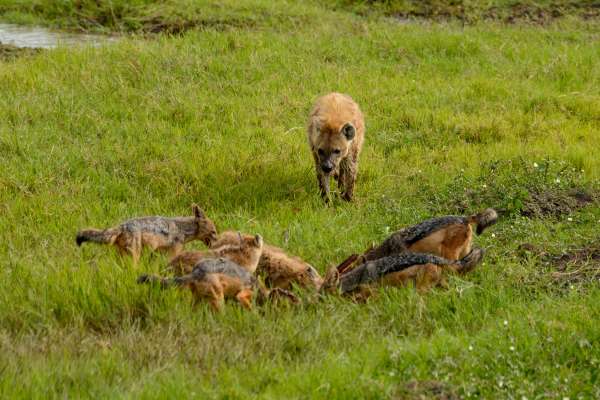
Hyenas
Hyenas are not only scavengers, but also very successful predators. The spotted hyena is the largest species of hyena and, according to the latest research, is even more a hunter than a scavenger (which is not the case with other species of hyenas). Of all the beasts, they have the strongest jaw grip, which can crush even the large bones of giraffes. They can develop the same speed as lions, but unlike lions, they do not get tired quickly and can track prey for several kilometers.
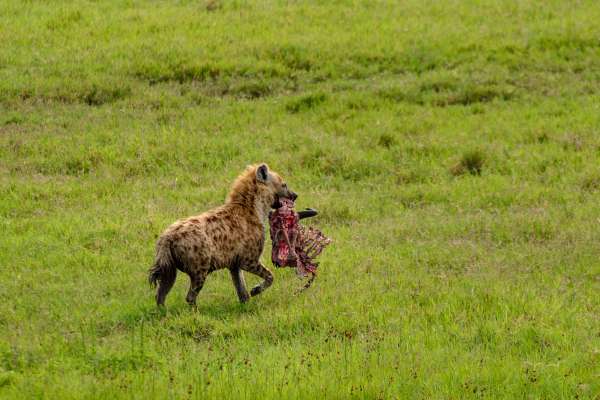
Royal crane
The crater is also inhabited by many beautiful birds, such as the king crane.
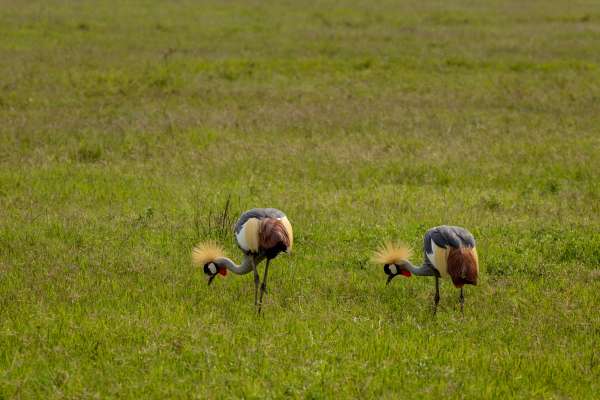
Birth of an antelope
The newborn antelope barely got to his feet, but where is his mother?
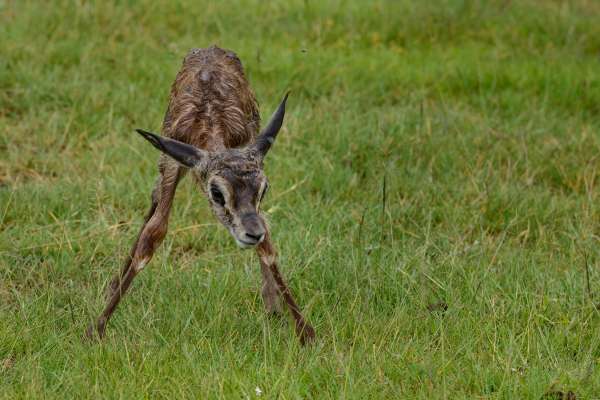
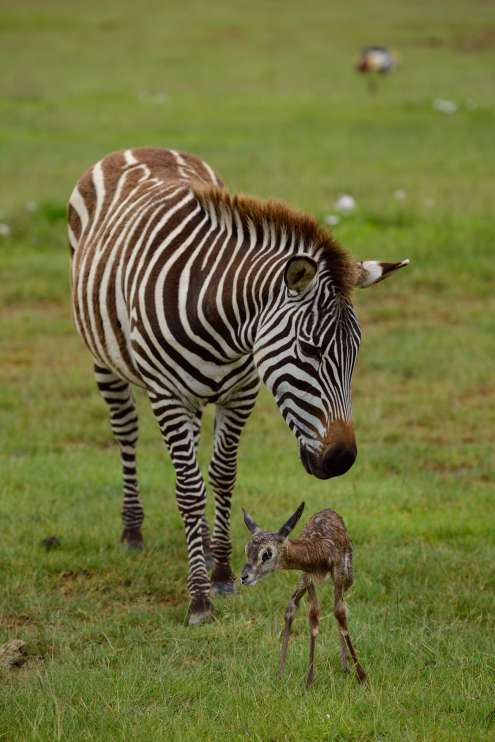
Adoption?
Wait, there's something wrong here… But really, mom was nowhere in sight …
Flamingos
Beautiful flamingos stay around the swamps and lakes.
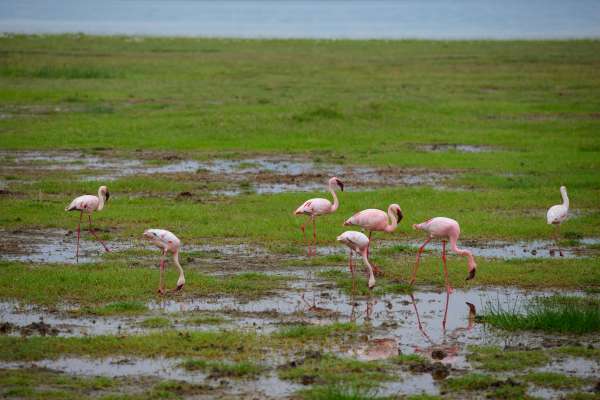
Serval
Apart from lions, we were unlucky with larger felines and we did not see a cheetah or a cheetah. But we saw several smaller servals.

Hippos
Right after elephants and rhinos, hippos are the third heaviest land animal.
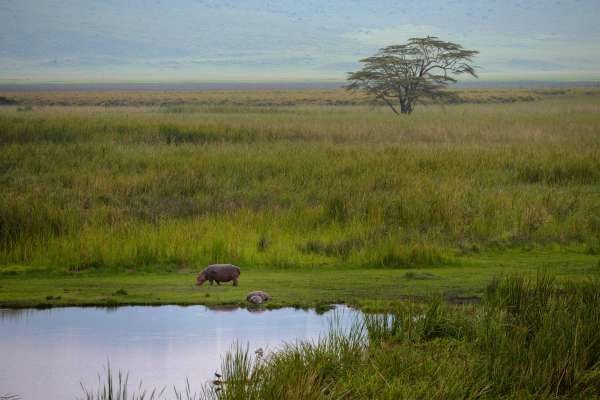
Hippos
At the same time, it is one of the most dangerous and dreaded animals. Although they seem very awkward at first glance, they can attack in a very furious and unpredictable way.

Two-toed ostrich
The largest bird in the world. Although it does not fly, it is a top runner capable of running at speeds exceeding 70 km / h.
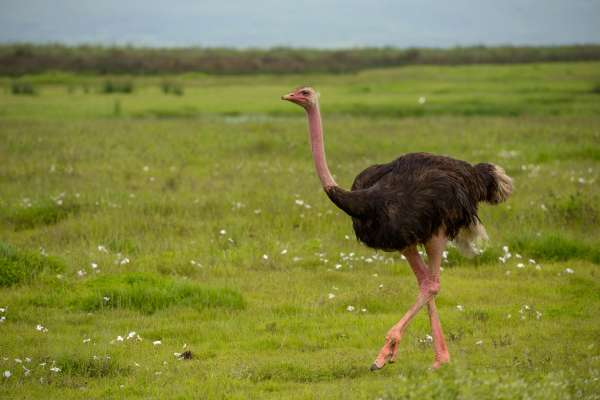
Rhinoceros
In the end, it worked, and we had the opportunity to observe the rhinos from a relatively close distance. We saw 3 more that day, but they were very far away.
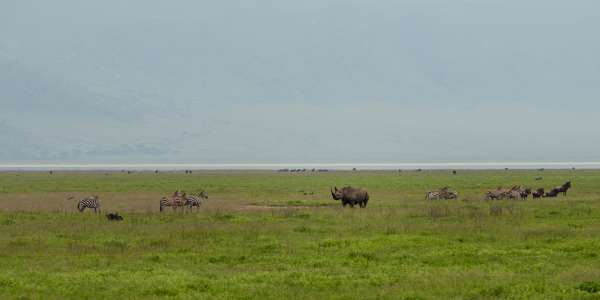
Buffalo
There are also many buffaloes in the crater, some herds numbered several hundred. They also often stay in company with zebras, wildebeests, antelopes…

Savannah pig
The savannah pig is very similar to the warthog.

Do not eat and hops
From many other large birds, you can see, for example, nettles and hooves.
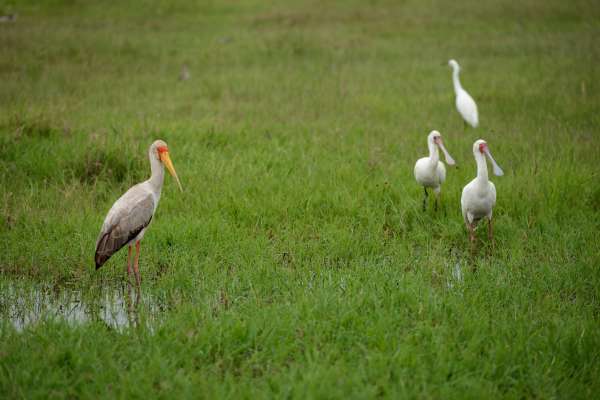
Zebras
Outside the crater, zebras graze happily around the Maasai settlements.
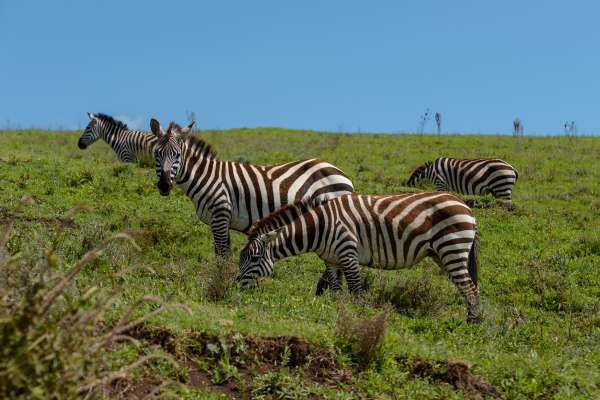
Donkeys
Or the donkeys that the Maasai use to transport all sorts of things.
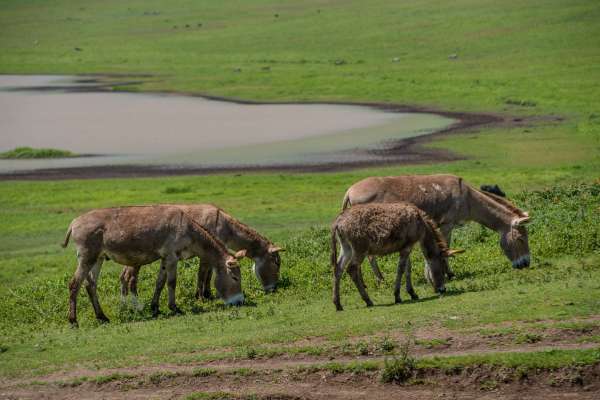
Articles nearby
Giga List: The most beautiful places in northern Tanzania
… continue reading

Giga List: The most beautiful safari in Equatorial Africa
The eastern part of Equatorial Africa occupies Kenya, Uganda and Tanzania. All three countries offer amazing safaris in animal… continue reading

Giga List: The most beautiful safari in Tanzania
Tanzania attracts travelers for three main reasons: there is the highest mountain in Africa, Kilimanjaro, the holiday island of… continue reading
